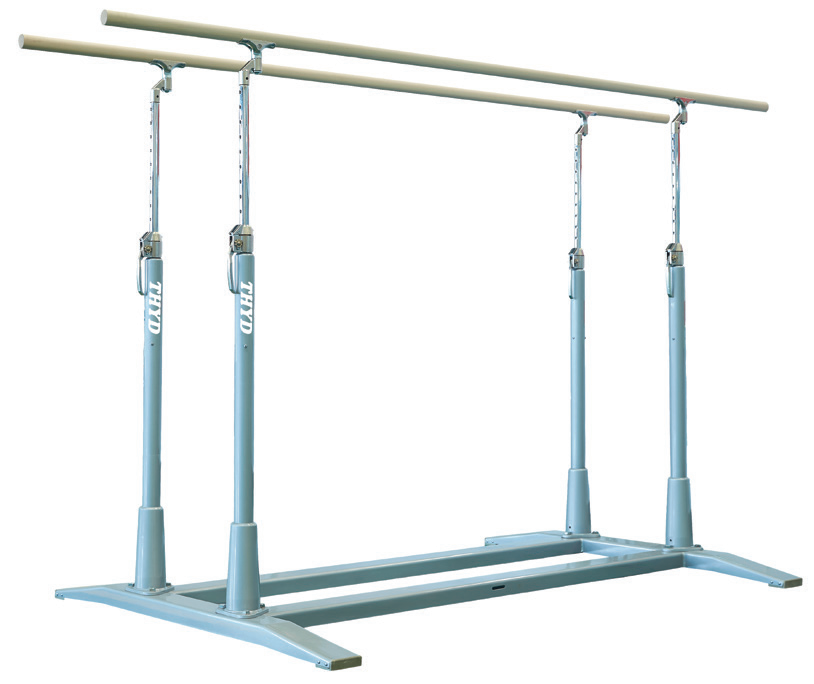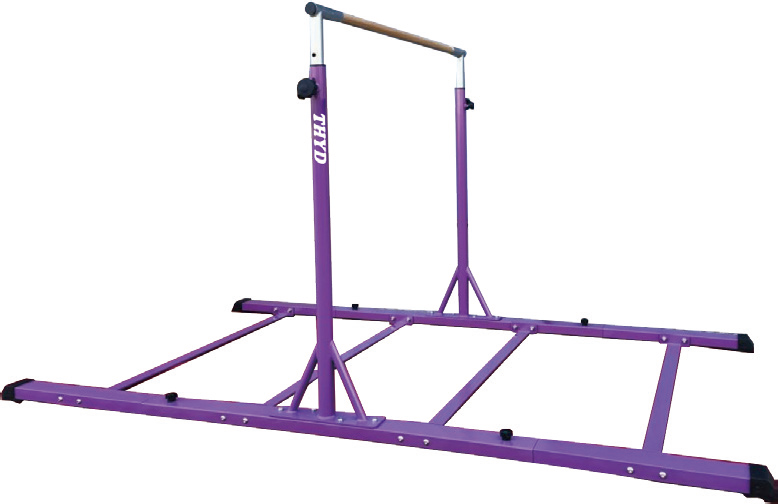rhythmic gymnastics
Rhythmic gymnastics is a captivating blend of dance, ballet, and gymnastics that combines athletic prowess with artistic expression. This Olympic sport requires participants to perform choreographed routines using five different apparatus: rope, hoop, ball, clubs, and ribbon. Athletes demonstrate their mastery through precise movements, flexibility, coordination, and graceful expression, all while manipulating their chosen apparatus with incredible skill. The sport demands exceptional body control, requiring gymnasts to execute complex movements including pivots, balances, jumps, and flexibility elements. Modern rhythmic gymnastics incorporates advanced training methodologies, utilizing specialized equipment and surfaces designed to enhance performance and ensure safety. The sport has evolved to include both individual and group performances, with routines typically lasting between 75 and 90 seconds for individuals and 2.5 minutes for groups. Competitions are judged based on technical difficulty, artistic impression, and execution, with scores reflecting both the complexity of elements performed and the grace with which they are executed.


